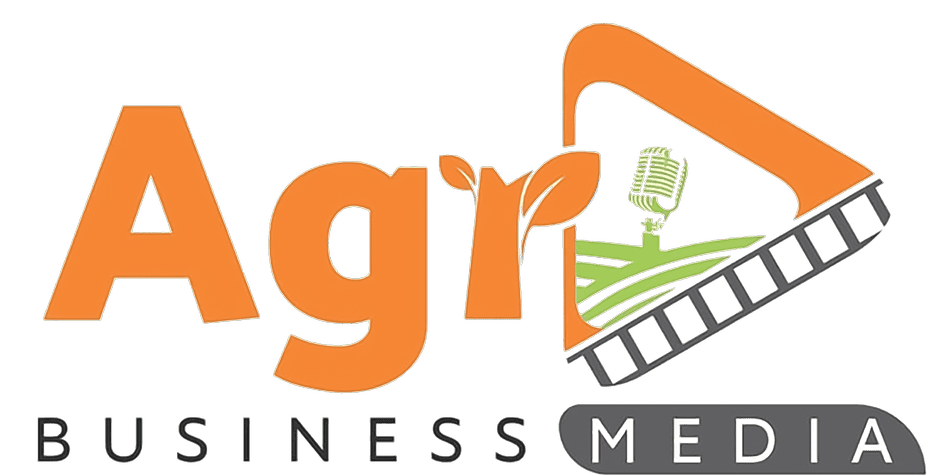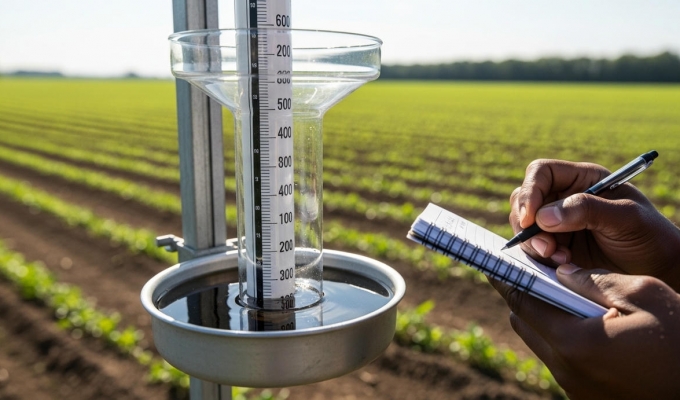In modern agriculture, where every drop of water and every dollar counts, the rain gauge remains one of the most valuable, yet often overlooked, tools on the farm. Far from being a simple bucket, this device is a critical component of a data-driven water management strategy, allowing farmers to transition from guesswork to high-precision irrigation scheduling
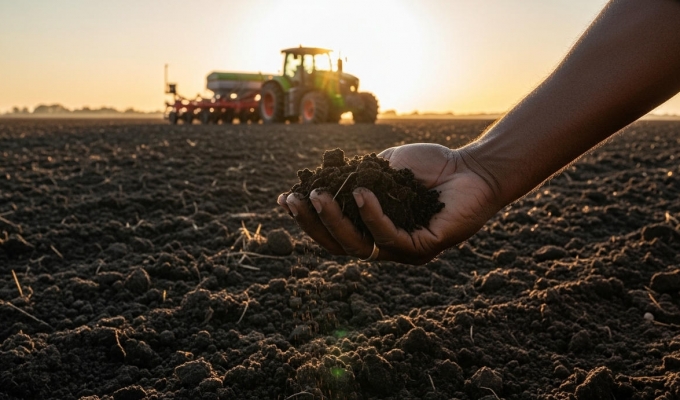
The transition to the summer planting season is a critical time for every farmer. The success of your harvest is not determined by the seeds you sow, but by the meticulous, well-researched groundwork you lay before the first seed touches the soil. In climates characterized by intense heat and variable rainfall, a deep, comprehensive pre-season preparation is the foundation for maximizing yield, conserving precious resources, and mitigating the risks of a challenging growing period.
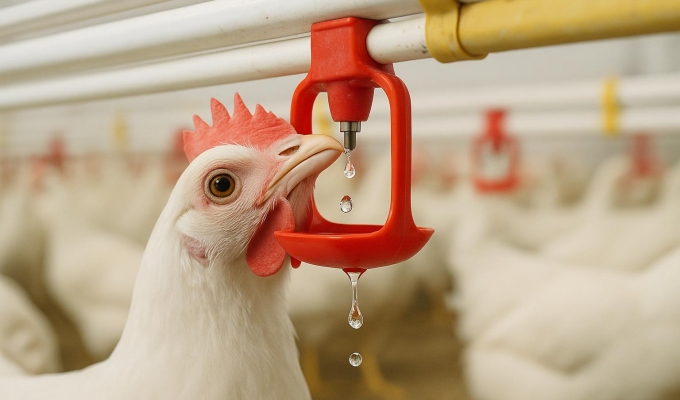
In the daily hustle of managing a commercial laying hen operation, it's easy to focus on feed, lighting, and biosecurity. However, one of the most critical, yet often overlooked, nutrients for your flock is water. Providing a consistent supply of clean, high-quality water is fundamental to bird health, welfare, and optimal egg production. As the Commercial Management Guide for Cage Housing from Hendrix Genetics states, "When birds don’t drink, they won’t eat and cannot grow or produce!".
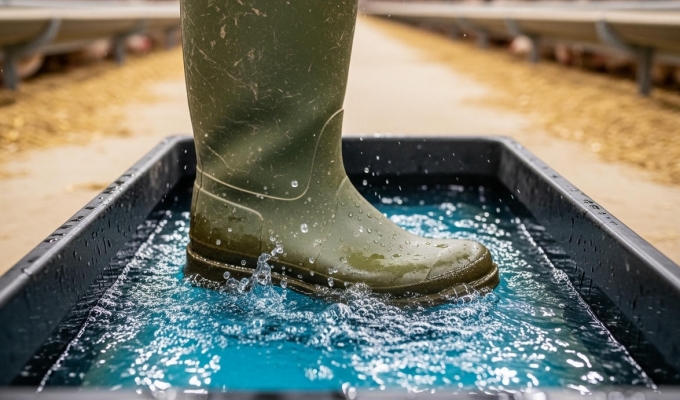
Biosecurity is the foundation of a healthy and profitable laying hen operation. It encompasses all the measures taken to protect your flock from the introduction and spread of diseases. A strong biosecurity program is not a one-time effort but a continuous commitment to safeguarding your birds, your business, and the food supply.
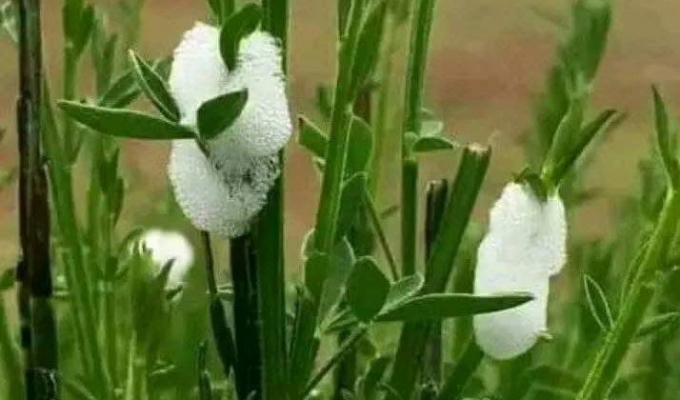
If you've ever walked through a grassy field or looked closely at your garden plants, you've likely seen it: a frothy, white substance that looks like a glob of spit. For generations, many of us were told this was "snake saliva" or "snake spit," a mysterious residue left behind by a slithering reptile. But what if we told you that this common belief is a complete myth? The real culprit is a tiny, fascinating insect that has more in common with a bubble bath than a serpent.
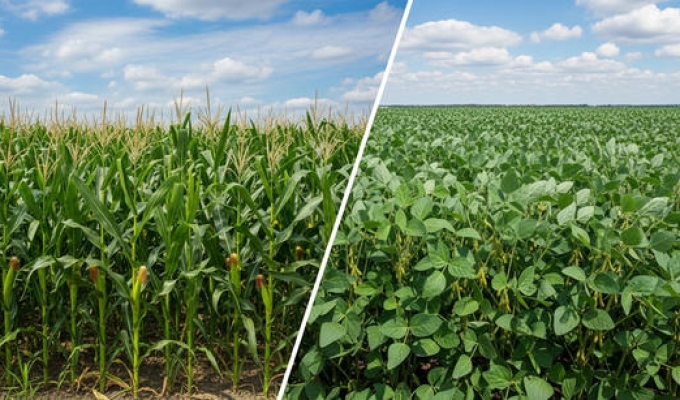
For generations, Zimbabwean farmers have understood the rhythm of the land. But in an era of climate change and rising input costs, traditional practices need to be supercharged with smart, sustainable strategies. One of the most powerful yet underutilized tools in a farmer’s arsenal is crop rotation. This isn’t just about changing what you plant; it’s about fundamentally transforming your farm’s health, productivity, and profitability.
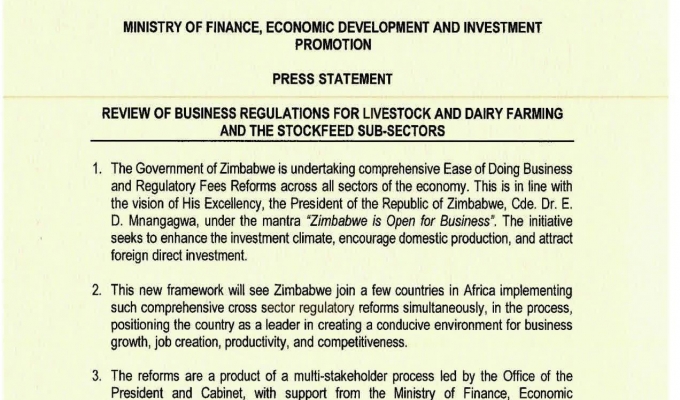
HARARE, ZIMBABWE – In a landmark move set to bring major relief to farmers and agribusinesses, the Government of Zimbabwe has announced a comprehensive overhaul of business regulations, drastically cutting and in some cases eliminating a wide range of fees and permits burdening the livestock, dairy, and stockfeed sub-sectors.

New System Aims to Boost Food Security and Unlock Farmer Finance Through a Market-Based Approach
HARARE, Zimbabwe – Zimbabwe’s agricultural sector took a monumental step towards modernization Wednesday, as the Zimbabwe Mercantile Exchange (ZMX) and the Grain Millers Association of Zimbabwe (GMAZ) unveiled a landmark partnership set to fundamentally reshape how grain is traded, financed, and stored in the country.

Watermelons are a cornerstone of summer, a profitable crop that can deliver impressive returns when managed with precision. But achieving those heavy, sweet, high-quality melons that the market demands requires more than just water and sunshine. It demands a strategic plan that integrates smart agronomy with sound business principles.

by Rawlings Kofi As farmers, we’ve all been there: celebrating a record-breaking harvest, a bumper crop, or a new high in milk output. The sheer volume of what we produce often feels like the ultimate benchmark of a successful season. But is it? In a world of increasing input costs, volatile markets, and pressing environmental concerns, simply producing more doesn't automatically translate to more profit or greater sustainability. This common misconception can actually mask inefficiencies that erode your bottom line and long-term viability. This article aims to clarify a critical distinction that can redefine your approach to farm management: the difference between "production" and "productivity."

By Rawlings Kofi | Zimbabwe's agricultural sector is converging this week at the Harare Exhibition Park for the 2nd Agriculture Research and Extension Symposium, held under the theme "Transformative Agricultural Technologies Accelerating the Attainment of Vision 2030." The crucial event kicked off today with the official opening by the Permanent Secretary in the Ministry of Lands, Agriculture, Fisheries, Water and Rural Development, Prof. Dr. Obert Jiri, who delivered a compelling message on the indispensable role of innovation.

Farming today demands more than just skill with soil and livestock. To thrive in the modern agricultural landscape, farmers need to run their operations as efficient, profitable, and sustainable farm businesses. This requires a different set of tools – the farm business tools that support planning, finances, marketing, and management off the field.

Harare, Zimbabwe – 15 May 2025 – Zimbabwe's agricultural landscape is preparing for a significant event: the 2nd Agriculture Research and Extension Symposium, scheduled to take place from May 28th to 30th, 2025, at the Zimbabwe Agriculture Society conference halls in Harare. This crucial gathering is a collaborative initiative by the Ministry of Lands, Agriculture, Fisheries, Water and Rural Development, specifically its Agricultural Research, Innovation and Specialist Services (ARISS) directorate, alongside the Agricultural Research Council (ARC) and the Zimbabwe Agricultural Society (ZAS).
_large.jpeg)
By Rawlings Kofi
The air at the SeedCo Vegetables demonstration fields was buzzing on May 8, 2025. It wasn't just another sunny day; it was a vibrant gathering of farmers, agronomists, and industry partners, all united by the shared goal of cultivating success – even in challenging times. The occasion? The much-anticipated SeedCo Vegetable Field Day, an event designed to take learning out of the classroom and into the soil.

Zimbabwe's agricultural sector, the backbone of our economy and livelihoods, faces an increasing barrage of threats. Climate change is altering ecosystems, creating favourable conditions for new pests and diseases, while burgeoning global trade routes inadvertently offer additional pathways for their introduction. The recent emergence of devastating invaders like the Fall Armyworm (FAW) and the tomato leaf miner (Tuta absoluta) serves as a stark reminder of our vulnerability. In this challenging landscape, the Plant Quarantine Services Institute (PQSI) stands as a crucial line of defence.

Broccoli belongs to a large group of plants known as Cole Crops, a term derived from the Latin word caulis, meaning "stem" or "stalk." While Cole crops are technically biennials, they are typically grown as annuals. In recent years, broccoli has gained significant popularity, particularly among health-conscious middle-class consumers. Major retailers now stock large quantities of broccoli due to increasing demand, especially from individuals managing chronic and non-chronic ailments such as ulcers, bowel disorders, and other health conditions.

Butternut (Cucurbita moschata) is a nutritious and versatile member of the cucurbit family, widely cultivated for its sweet, flavorful fruit. Rich in vitamins A and C, fiber, and antioxidants, butternut is a valuable addition to diets and is commonly used in soups, stews, and rice dishes. Due to its long shelf life, it also serves as an excellent cash crop for smallholder and commercial farmers alike.
